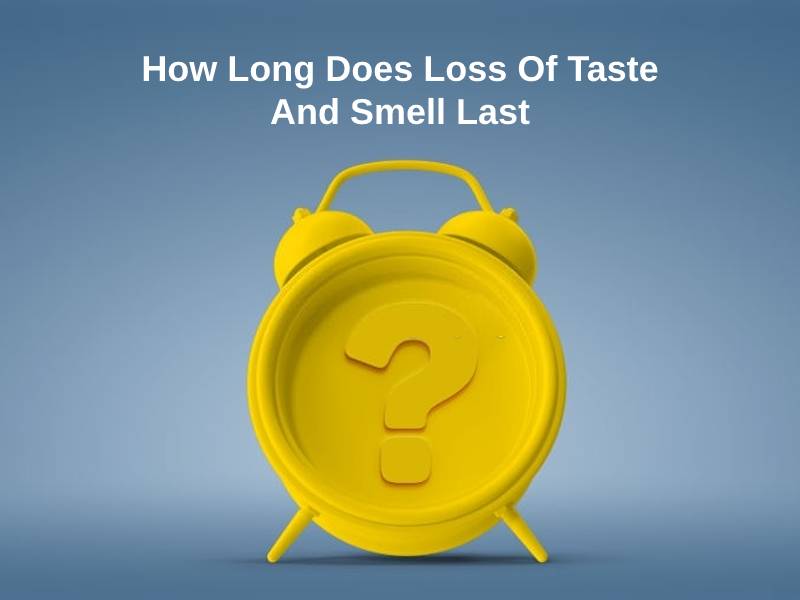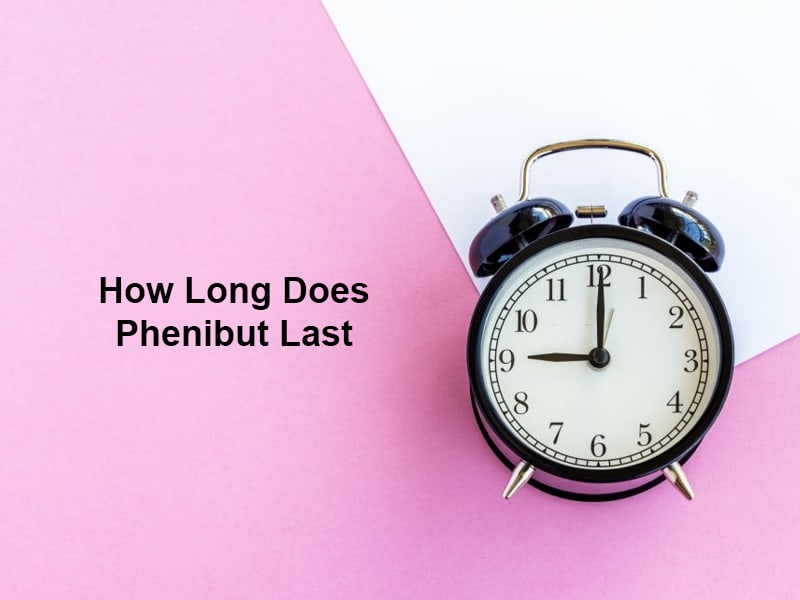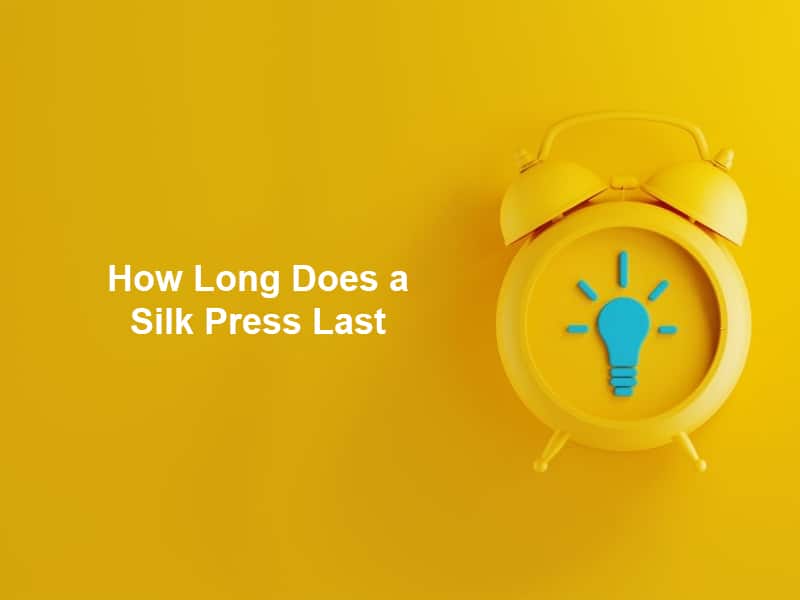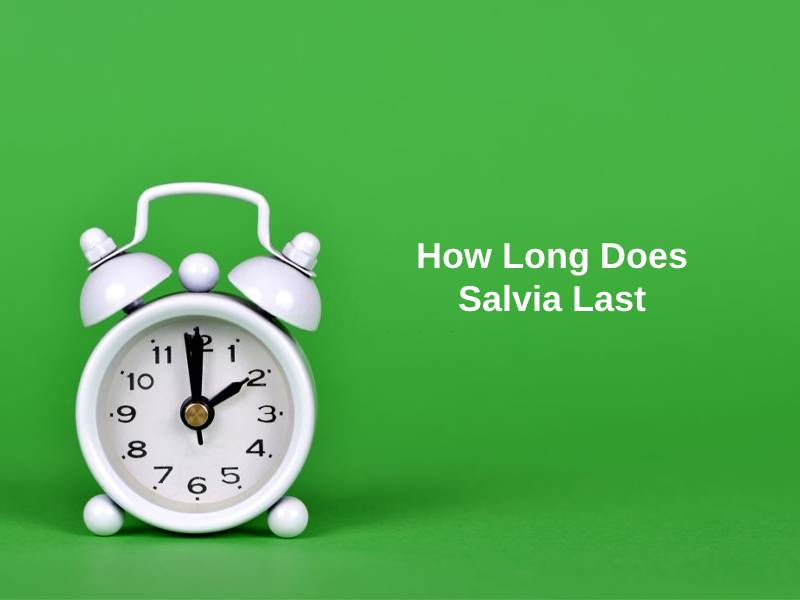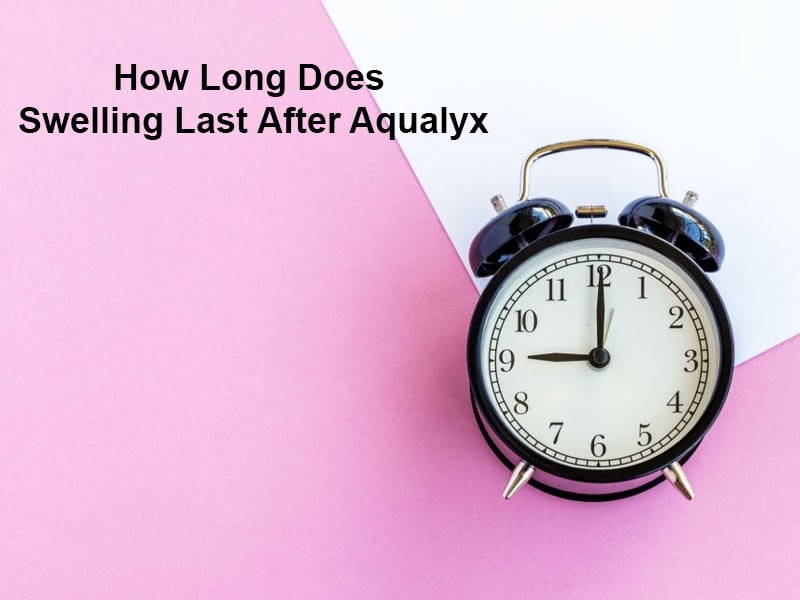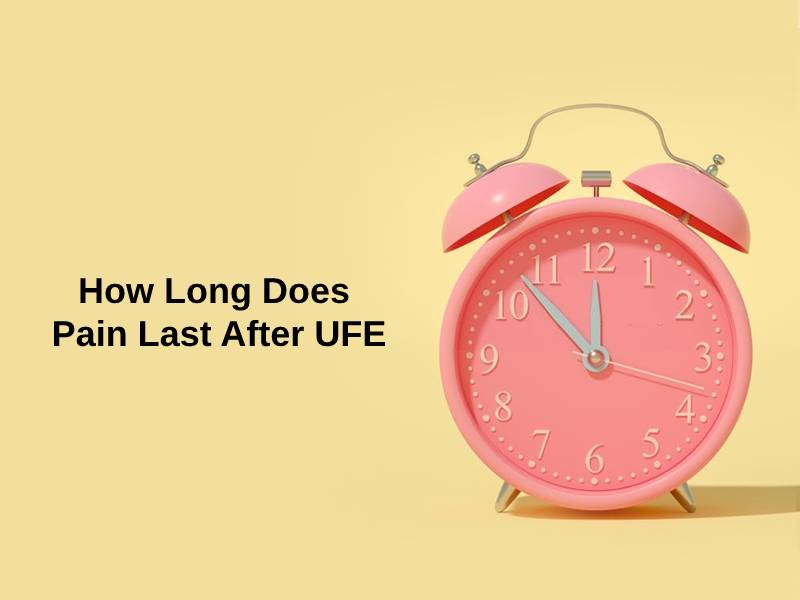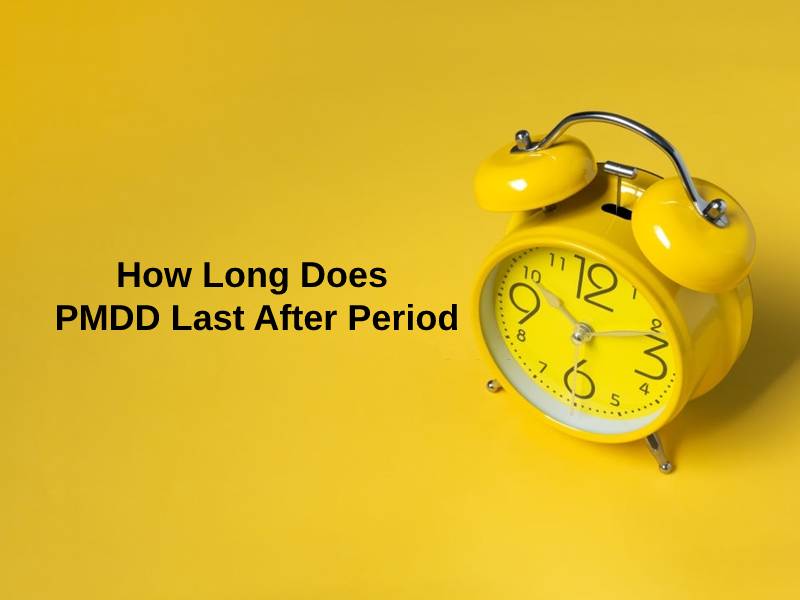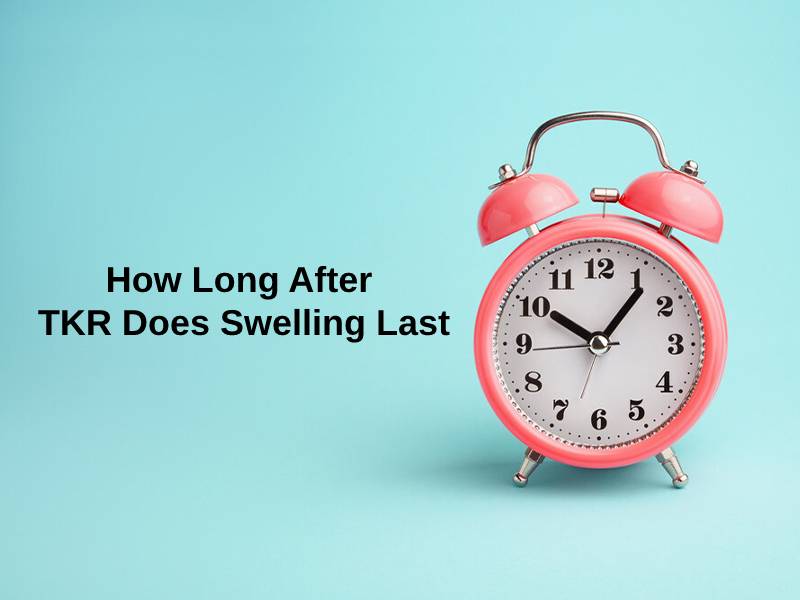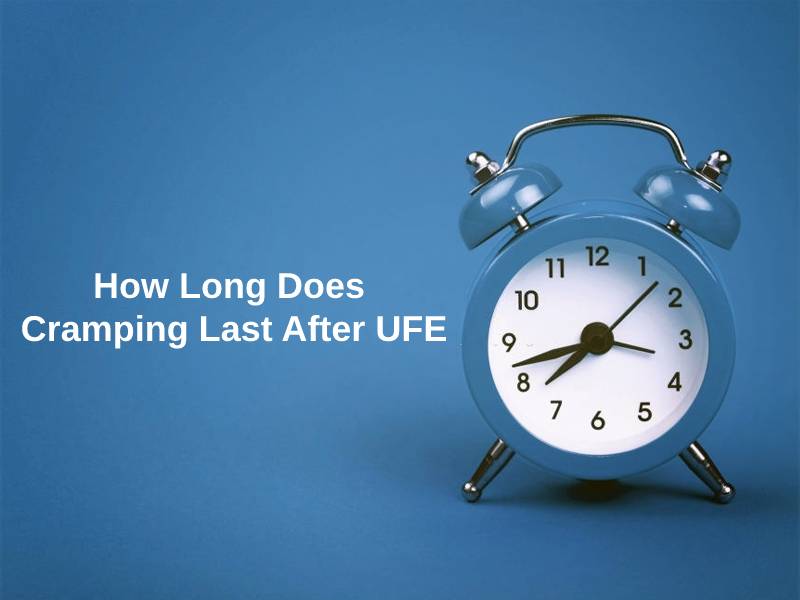Exact Answer: Up to 2 months
Shin Splints or the Medial tibial stress syndrome is an exercise-related pain along the shin bone. It is an overuse injury that occurs commonly in athletes. Although Shin splints is not a permanent health issue, it may develop into a tibial stress fracture if not treated immediately.
The repeated stress to the shin bone leading to the shin splints is caused due to the pulling and stretching of the muscles and connective tissue in the lower leg. The muscles and connective tissues of the tibia are subjected to inflammation resulting in extreme pain and weakness. Medical representatives recommend complete rest along with a good dosage of pain relievers and other supplements to cure shin splints.

How Long Do Shin Splints Last?
Shin splints is the irritation of the lower leg muscles and bone caused due to frequent physical activities. The inflammation process that causes shin splints can be divided into three phases called the initial phase, the healing phase, and the final phase. In general, shin splints may last up to 2 months or 8 weeks.
Initial Phase
The initial phase of the inflammatory process lasts for up to 3 to 7 days. The inflammatory process helps the body manage the stress in muscles and connective tissues caused by the injury to return to its normal functions. This phase is accompanied by sharp and constant pain, and it is caused due to the chemical reactions occurring in the strained muscles and tissues.
Healing Phase
The next stage of the inflammatory process is the healing phase where the body tries to heal its tissues. It takes place for around 3 to 4 weeks when the body creates special cells in the anterior tibial muscle and lays down collagen to build cells of muscle and tendon tissues. The healing phase helps the body to deal with the stress caused by shin splints.
Final Phase
The final phase of the inflammatory process lasts for 2 to 4 weeks on average. It is the tissue remodeling phase where the previously laid collagen is further stretched and strengthened to prepare the body to deal with any stressors or forces in the future. It is an important step that creates stability in the cells of muscles and connective tissues of the lower leg.
All the three phases of the inflammatory process together can last up to 7 to 8 weeks on average. Since every human has different coping mechanisms, the time needed to heal from shin splints may vary from person to person. It is recommended to consult with a doctor immediately after the injury has occurred.
In summary:
| Phases | Time |
| Initial Phase | 3-7 days |
| Healing Phase | 3-4 weeks |
| Final Phase | 2-4 weeks |
Why Do Shin Splints Last So Long?
Repetitive physical activities overwork the bone and muscles of the lower leg resulting in mild to severe shin splints pain. Several factors cause shin splints in addition to frequently performed physical activities. Some of these other factors include:
- Flat feet
- Abnormally rigid arches
- Use of worn-out footwear
- Use of improper exercising tools or equipment
- Change in duration or intensity of physical activity
Shin splints is initially felt as a sharp pain as it is caused due to repetitive strain in the anterior tibial muscles of the lower leg. The pain induced in the initial stages may last up to a week as the body prepares to heal itself. In the next stages, the body produces various special cells and collagen do help build the weakened muscles and tibial tissues.
In some cases, the condition may last longer than 8 weeks if the body has not healed properly and one has already begun performing the same repetitive physical activities. Proper rest is mandatory to allow the body to heal itself completely. One may opt for physical therapy to correct any biochemical faults that may extend the period of the condition.
Conclusion
Shin splints is a common injury-related health issue that is also known as Medial tibial stress syndrome. It occurs when the tibial muscles and the connective tissue of the anterior tibial muscles undergo strain due to frequently performed physical activities. It is a temporary condition and it lasts for up to 2 months in most cases.
The pain caused by shin splits ranges from mild to severe depending on various factors. Apart from physical activities, flat feet, abnormal rigid arches, use of worn-out footwear, etc are some of the factors that may contribute to the cause of shin splints. It is recommended to immediately seek help from medical professionals to avoid developing a permanent condition called the tibial stress fracture.

